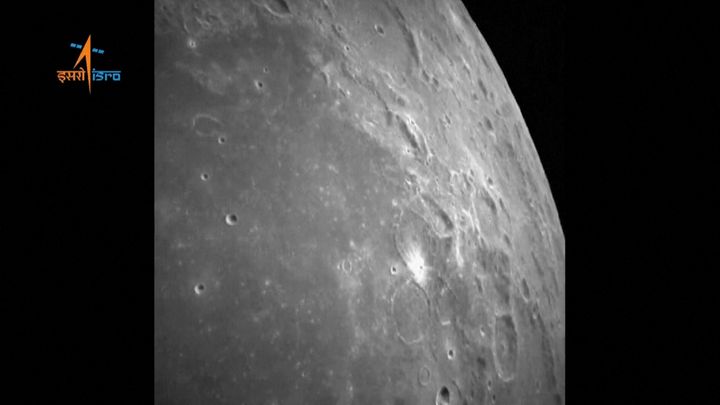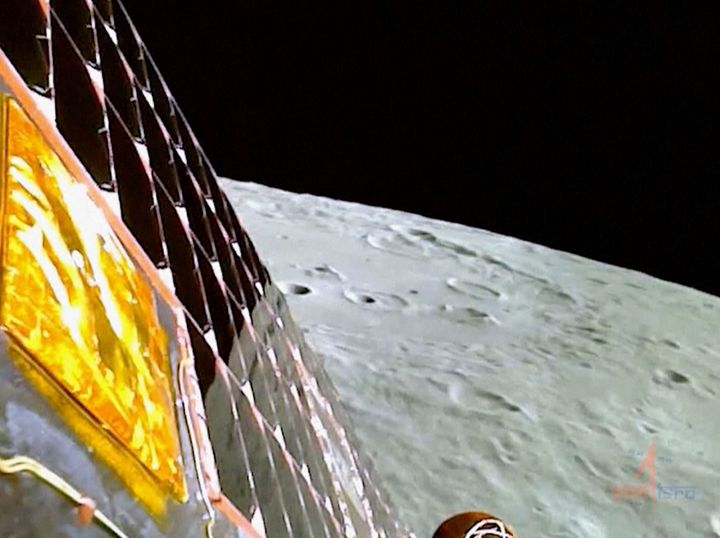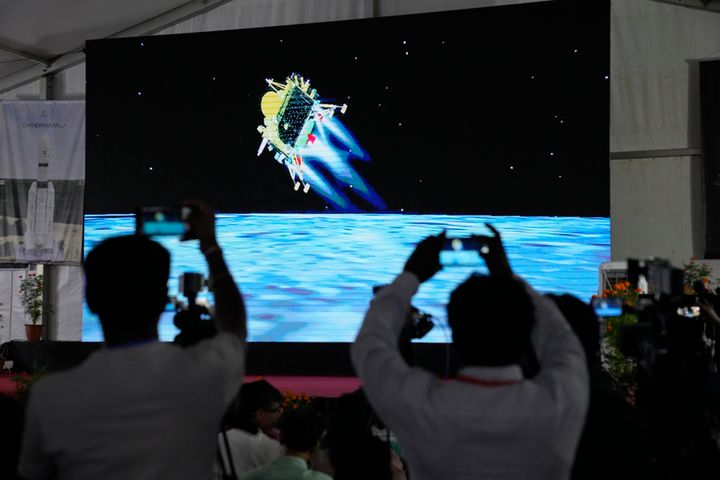
India’s lunar rover completed a historic landing on the south side of the moon this week – and now, it has released the pictures to prove it.
The state-run Indian Space Research Organisation explained that, through its Chandrayan-3 Rover, “India took a walk on the moon,” exploring the south pole of the Earth’s lunar satellite for the first time ever.
The rover landed on Wednesday, and will be conducting experiments over 14 days, including analysing the mineral make-up of the moon’s surface.

Why is this such a big deal?
Such a successful trip from India puts it on par with the Soviet Union, the US and China – the only other countries to ever successfully carry out soft landings on the lunar satellite.
Both the US and China are hot on India’s heels though, and looking to launch their own missions to the south pole.
Not only is this a major success for India’s space agency (especially after a failed mission to do the same thing back in 2019) but it will expand general knowledge the moon’s resources.
Crucially, it will teach us more about lunar ice – something which space agencies and private companies see could help make the moon a colony, if there’s enough for it to become a drinking supply.
The ice could also provide insight for lunar volcanoes, and the origin of oceans, or even be broken down to produce hydrogen for fuel and oxygen for breathing, which could help support further-afield missions to Mars.
And the highest concentration of ice in is the highly-cratered south pole – meaning it has the potential to be gold mine (or rather, water mine).
Landing on the south side is also incredibly tricky, because the area is full of craters and deep trenches, something these new images attest to.
Russia’s Luna-25 craft was also supposed to land there just days before India, on Sunday, but it spun out of control.

